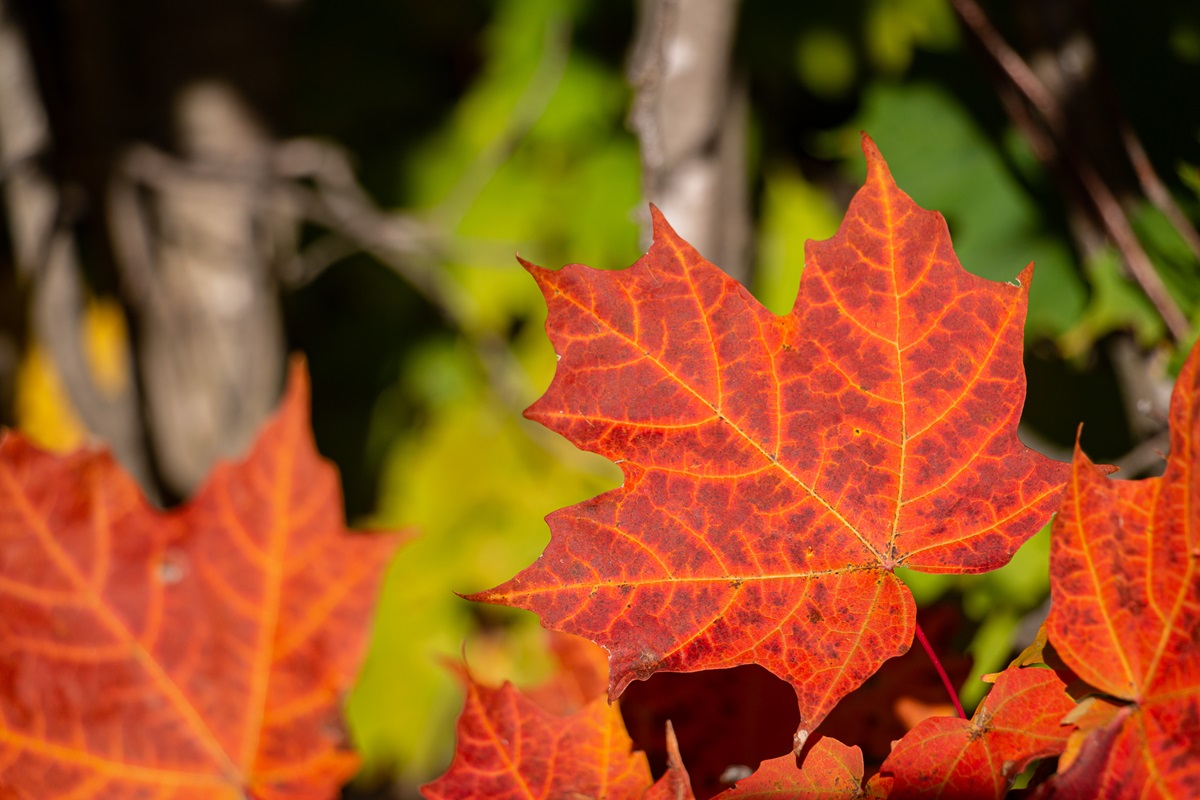15 octobre 2006
Biofilm Formation and Biocides Sensitivity of Pseudomonas marginalis Isolated from a Maple Sap Collection System

Auteurs : Lagacé, L., Jacques, M., Mafu, A. A. et D. Roy
Cet article est disponible seulement en anglais (Journal of Food Protection, Vol. 69, No 10, October 2006, pp. 2320-2566, pp. 2411-2416(6)).
The susceptibility of planktonic and biofilm cells of Pseudomonas marginalis toward four commonly used biocides at different temperatures (15 and 30°C) and biofilm growth times (24 and 48 h) was assessed. Using the MBEC biofilm device, biofilm production in maple sap was shown to be highly reproducible for each set of conditions tested. Biofilm formation was influenced by growth temperature and time. A temperature of 15°C and incubation time of 24 h yielded fewer CFU per peg and showed fewer adhered cells and typical biofilm structures, based on scanning electron microscopy observations as compared with other conditions. Minimal biofilm eradication concentration values for P. marginalis were significantly greater (P < 0.001) than were MBCs for planktonic cells and for every biocide tested, with the exception of minimal biofilm eradication concentration values for peracetic acid at 15°C and 24 h. Sodium hypochlorite and peracetic acid sanitizers were able to eliminate P. marginalis biofilms at lower concentrations as compared with hydrogen peroxide- and quaternary ammonium-based sanitizers (P < 0.001). According to the results obtained, sodium hypochlorite and peracetic acid sanitizers would be more appropriate for maple sap collection system sanitation.